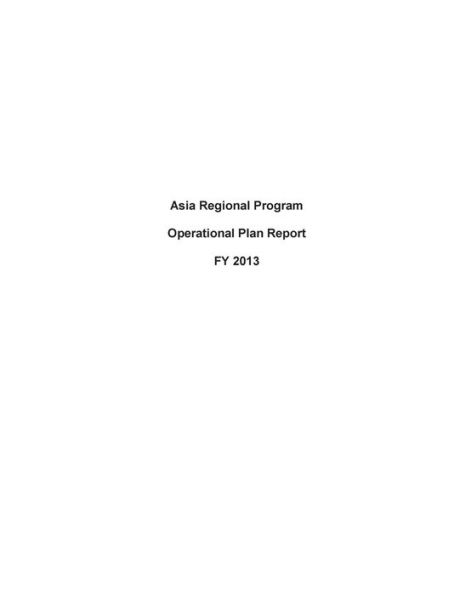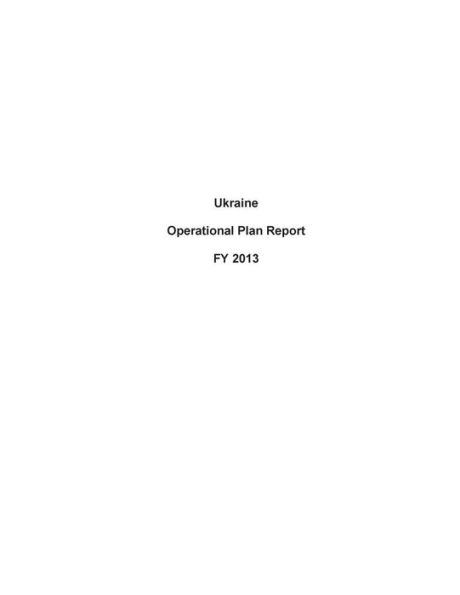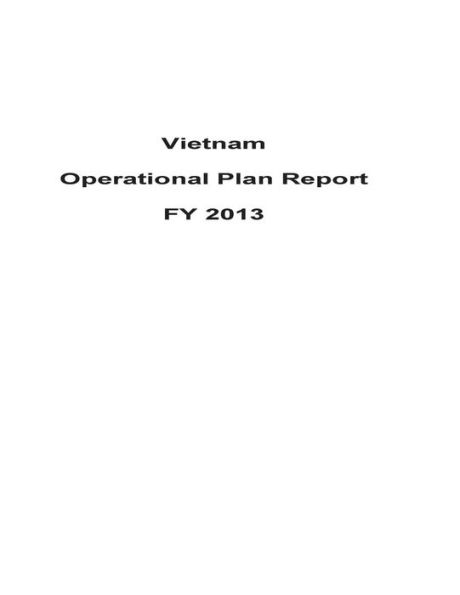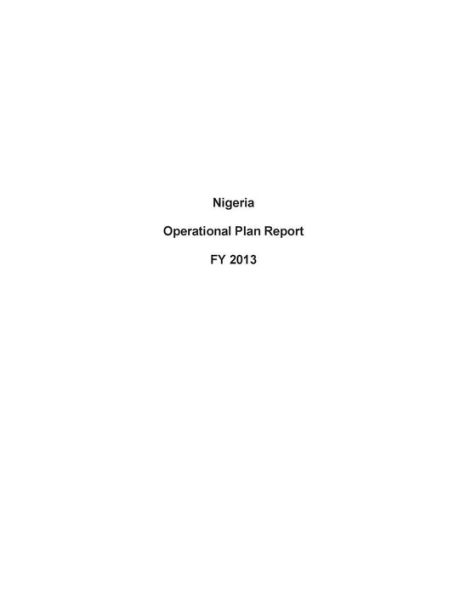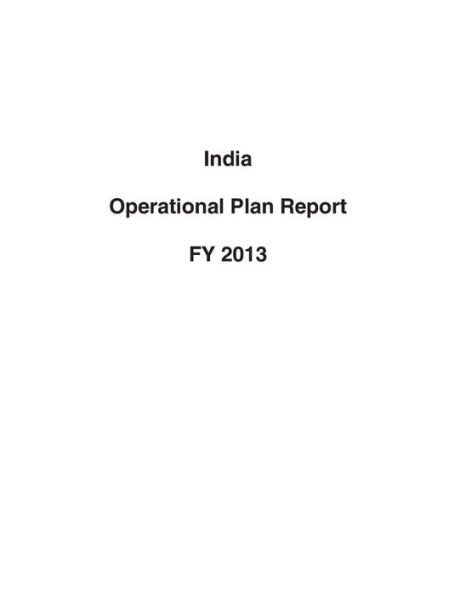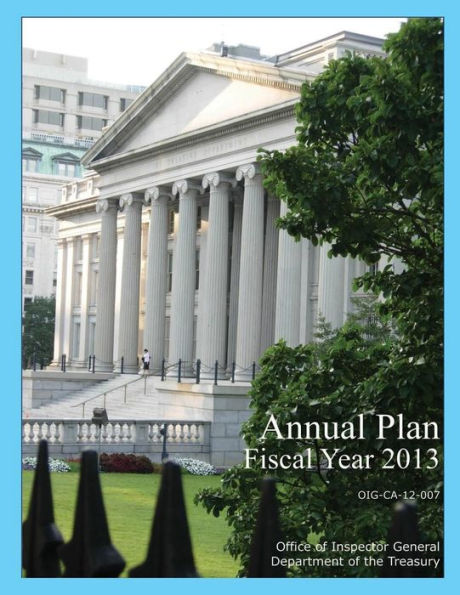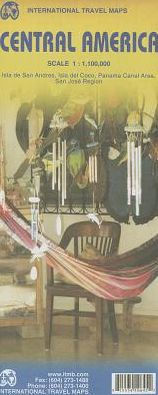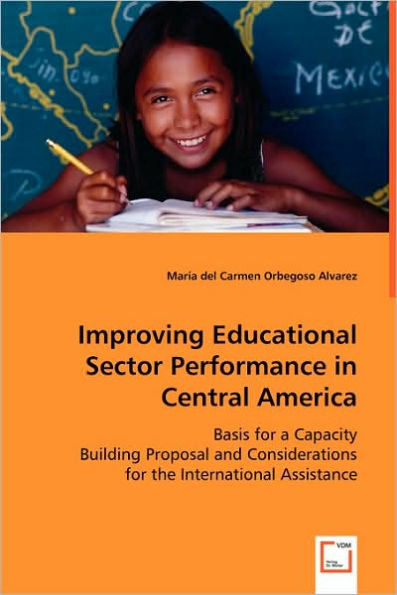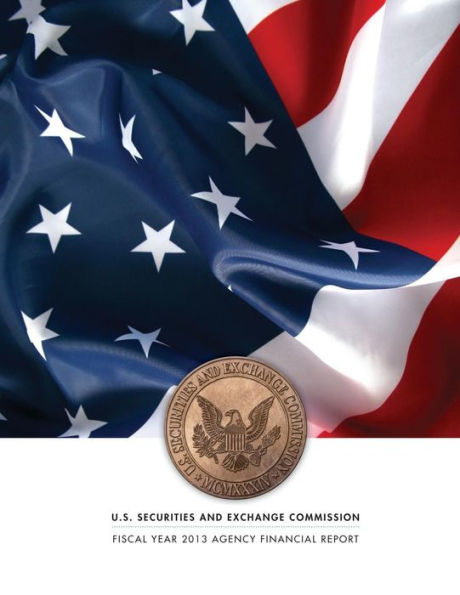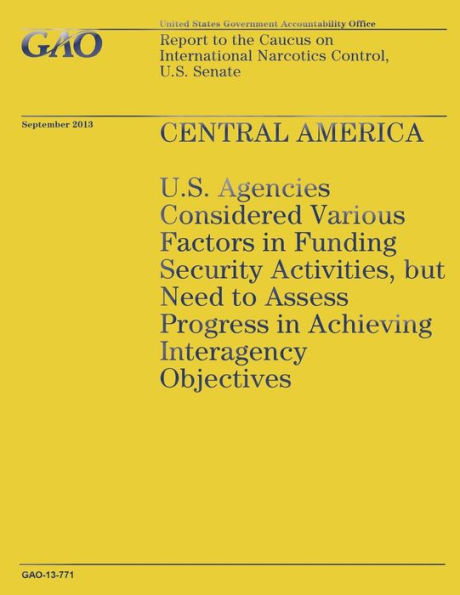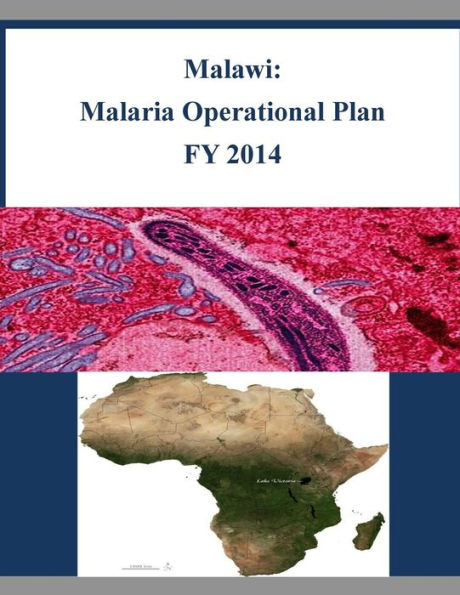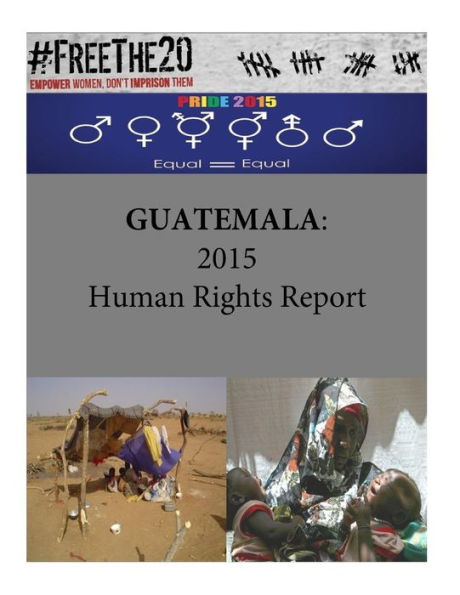Home
Central America Region Operational Plan Report FY 2013


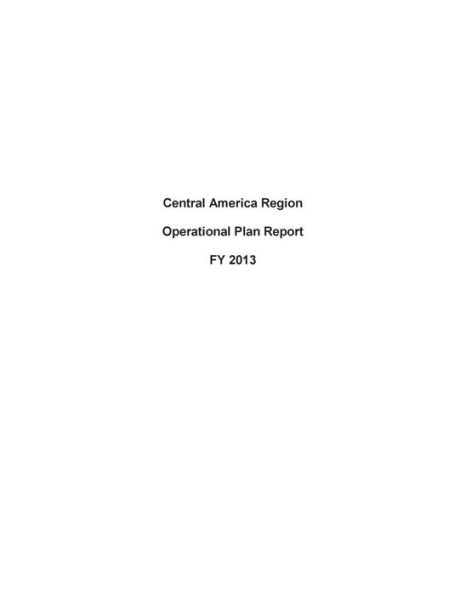
Central America Region Operational Plan Report FY 2013
Current price: $19.95
Loading Inventory...
Size: OS
The Central America Region (CAR) is characterized by a concentrated HIV/AIDS epidemic with low prevalence among the general population, but high prevalence among certain subgroups such as men who have sex with men (MSM); transgender persons; male and female sex workers (SW); clients of sex workers and their partners; certain ethnic groups such as the Garífuna and Kuna; and mobile populations. According to UNAIDS in 2011, HIV prevalence in adults in CAR is highest in Belize (2.3%), followed by Panama (0.8%), Guatemala (0.8%), El Salvador (0.6%), Costa Rica (0.3%), and Nicaragua (0.2%). Data from Honduras from 2009 showed a HIV prevalence of 0.8%. These relatively low national percentages mask the concentrated epidemic among key populations (KP). Belize, a country which geographically, politically and culturally straddles both Central America and the Caribbean, is an exception with a prevalence rate above 1%, but still has an epidemic driven by the same KP. Data continue to demonstrate that transgender populations, female sex workers (FSWs) and MSM are the populations with the highest HIV prevalence rates in the region. Results from the most recent USG-supported BSS+ show the prevalence for MSM is 13.85% in Belize (2012), 9.9% in Honduras and 9.8% in El Salvador (both across multiple cities) and 7.5% in Managua, Nicaragua (2009). These numbers reflect declines among MSM in all countries, suggesting that condom promotion and other behavior change communication (BCC) prevention efforts have had a positive impact. The transgender population was included separately in these studies since it is a relatively small but very high-risk group. The HIV prevalence rates were 19.7% and 23.3% in two major cities of El Salvador and in Nicaragua, 18.8% in Managua and 14.6% in Chinandega. In the same studies, the prevalence rate was 5.7% among FSWs in the capital of El Salvador (2008), 5.5% and 4.6% in the biggest cities of Honduras (2006), 2.4% in Managua and 1.8% in Chinandega, Nicaragua (2009), and 0.9% in Belize (2012). For Honduras and El Salvador these numbers represent declines in FSW prevalence which at least partially reflects USG prevention efforts focused on these populations. In 2009, USG supported BSS+ with the Belize Defense Force showed a prevalence rate of 1.14% among military personnel. The data available suggests that intravenous drug use is not a major factor in HIV transmission in the region.
